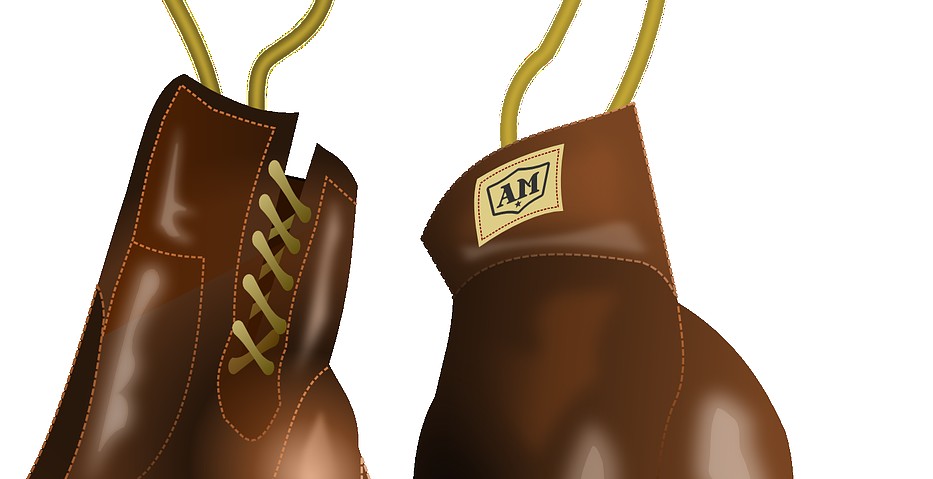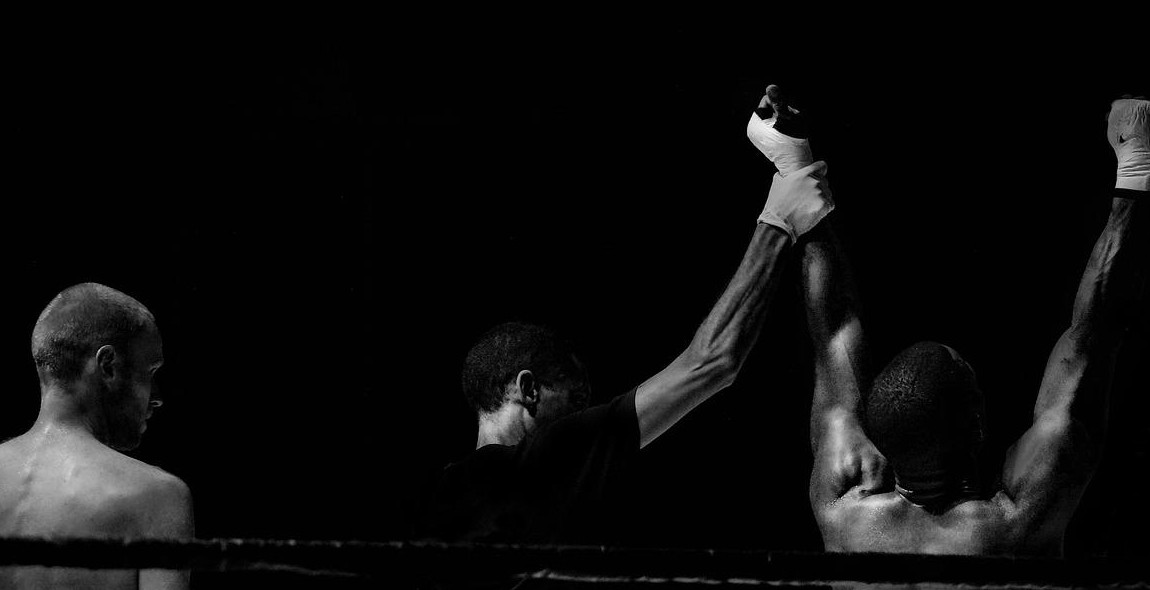How to Box: Beginner’s Guide to Boxing Techniques and Training
Boxing is a sport that requires a combination of physical and mental discipline. It has been around for centuries and has evolved into a highly competitive and popular sport. Whether you want to compete or simply want to learn a new skill, boxing is an excellent way to improve your fitness, coordination, and self-confidence. However, getting started can be intimidating, especially if you have no prior experience.
Why Learn Boxing?
Boxing is a total-body workout that can improve your cardiovascular health, build muscle, and increase your overall fitness level. It’s also a great stress-reliever and can boost your self-esteem. Additionally, boxing requires focus and discipline, which can carry over into other areas of your life, such as work or school.
Boxing Techniques and Training
Before you start training, it’s important to learn the basic techniques of boxing, such as footwork, punching, and defense. You’ll also need to have the right equipment, including gloves, hand wraps, and a heavy bag. Once you have the basics down, you can start developing your skills through drills, sparring, and conditioning exercises.
This beginner’s guide to boxing techniques and training will provide you with everything you need to get started in the sport. From the equipment you need to the techniques you’ll learn, we’ll cover it all. So, let’s lace up our gloves and get started!

Why Box?
If you’re looking for a workout that will challenge both your body and mind, boxing may be the perfect fit. Not only does it provide a full-body workout, but it also has numerous physical and mental benefits that can improve your overall health and well-being.
Physical Benefits
- Cardiovascular Endurance: Boxing is a high-intensity workout that gets your heart rate up and increases your cardiovascular endurance. This means that your heart and lungs become more efficient at delivering oxygen to your muscles, which can help you perform better in other physical activities.
- Strength and Power: Boxing requires strength and power in your upper body, core, and legs. By punching, kicking, and moving around the ring, you’ll develop stronger muscles and improved overall body strength.
- Weight Loss: Boxing is a great way to burn calories and lose weight. Depending on your weight and intensity level, you can burn up to 800 calories per hour of boxing.
- Improved Coordination and Agility: Boxing involves a lot of footwork, hand-eye coordination, and quick movements. Over time, you’ll develop better coordination and agility, which can improve your overall physical performance in other activities.
Mental Benefits
- Stress Relief: Boxing is a great way to relieve stress and tension. The physical activity can help release endorphins, which are natural mood-boosters that can help reduce stress and anxiety.
- Improved Focus and Concentration: Boxing requires a lot of mental focus and concentration. By practicing boxing techniques and drills, you can improve your ability to focus and concentrate on other tasks in your daily life.
- Confidence and Self-Esteem: As you develop your boxing skills and improve your physical fitness, you’ll likely experience a boost in confidence and self-esteem. You’ll feel more capable and empowered, which can transfer to other areas of your life.
- Discipline and Self-Control: Boxing requires discipline and self-control. By practicing these skills in your boxing training, you can develop better self-discipline and self-control in other areas of your life.
Overall, boxing is a great way to improve your physical and mental health. Whether you’re looking to lose weight, improve your cardiovascular endurance, or relieve stress, boxing can provide a challenging and rewarding workout that can benefit your body and mind.

Boxing Techniques
Boxing is a sport that requires both physical and mental preparation. Proper technique is essential to achieve success in the ring. Here are some basic techniques that every beginner should know:
Stance and Footwork
The first thing you need to learn is the proper stance and footwork. Your stance should be shoulder-width apart, with your feet angled slightly outward. Your lead foot should be pointing straight ahead, while your rear foot is turned slightly inward. This stance will allow you to move quickly and maintain your balance.
Footwork is also important in boxing. You should always be on the balls of your feet, with your weight evenly distributed between both legs. This will allow you to move quickly and change direction easily. You should also practice moving in and out of range, circling your opponent, and pivoting on your lead foot.
Jab and Cross
The jab is the most basic and important punch in boxing. It is a quick, straight punch thrown with your lead hand. Your arm should be fully extended and your wrist should be straight. The cross is a powerful punch thrown with your rear hand. Your body should rotate as you throw the punch, and your arm should be fully extended.
Hook and Uppercut
The hook is a punch thrown with your lead or rear hand, aimed at your opponent’s head or body. Your arm should be bent at a 90-degree angle, and your body should rotate as you throw the punch. The uppercut is a punch thrown upward with your lead or rear hand, aimed at your opponent’s chin. Your arm should be bent, and your body should rotate as you throw the punch.
Defense
Defense is just as important as offense in boxing. You should always keep your hands up to protect your face and body. You should also practice slipping, bobbing, and weaving to avoid your opponent’s punches. Footwork is also important for defense, as you need to be able to move out of range and avoid your opponent’s attacks.
| Technique | Description |
|---|---|
| Stance and Footwork | Shoulder-width apart, weight on balls of feet, move quickly and maintain balance |
| Jab and Cross | Quick, straight punch with lead hand; powerful punch with rear hand |
| Hook and Uppercut | Punch aimed at head or body with lead or rear hand; upward punch aimed at chin with lead or rear hand |
| Defense | Keep hands up, practice slipping, bobbing, and weaving, move out of range |

Boxing Equipment
Before you start boxing, it’s important to have the right equipment. Here are the essential items you’ll need:
Gloves
Gloves are the most important piece of equipment for any boxer. They protect your hands and wrists from injury and help you to deliver powerful punches. When choosing gloves, look for a pair that fits snugly but doesn’t restrict your movement. You should also consider the weight of the gloves – heavier gloves are better for training, while lighter gloves are better for sparring.
Hand Wraps
Hand wraps are another essential item for any boxer. They provide extra support for your wrists and hands, and help to prevent injuries. When wrapping your hands, make sure to wrap them tightly but not too tight that it cuts off circulation. You can choose between traditional cotton wraps or newer, more flexible wraps made of materials like neoprene or gel.
Heavy Bag
A heavy bag is an essential piece of equipment for training your punching power and technique. When choosing a heavy bag, look for one that is the right weight for your level of experience and strength. You should also consider the material of the bag – leather bags are more durable, while canvas bags are more affordable.
Speed Bag
A speed bag is a smaller, lighter bag that is used to improve hand-eye coordination and speed. When choosing a speed bag, look for one that is the right size for your height and reach. You should also consider the material of the bag – leather bags are more durable, while vinyl bags are more affordable.
| Equipment | Features | Price Range |
|---|---|---|
| Gloves | Protects hands and wrists, delivers powerful punches | $20-$300 |
| Hand Wraps | Provides extra support, prevents injuries | $5-$50 |
| Heavy Bag | Training punching power and technique | $50-$500 |
| Speed Bag | Improves hand-eye coordination and speed | $20-$100 |

Boxing Training
Boxing is not just about throwing punches, it requires a lot of practice and hard work. Here are some essential boxing training techniques to help beginners:
Warm-Up
Before starting any boxing training, it is important to warm up. Warming up helps to prevent injuries and prepares the body for the training ahead. A typical warm-up for boxing includes light jogging, stretching, and shadowboxing.
Shadow Boxing
Shadowboxing is a crucial part of boxing training as it helps to improve footwork, technique, and speed. It involves throwing punches in the air without a partner or equipment. Shadowboxing allows you to practice different combinations and movements without the distraction of a target or opponent.
Bag Work
Bag work is an important part of boxing training as it helps to improve power, speed, and accuracy. There are different types of bags, including heavy bags, speed bags, and double-end bags. Heavy bags are ideal for developing power and strength, while speed bags are great for improving hand-eye coordination and speed. Double-end bags are perfect for practicing accuracy and footwork.
Sparring
Sparring is the closest thing to a real fight and is an essential part of boxing training. It allows you to practice your skills with a partner and develop your strategy. It is important to spar with someone who is at a similar skill level to avoid injuries. Protective gear, such as headgear, gloves, and mouthguards, should always be worn during sparring.
| Technique | Purpose |
|---|---|
| Warm-Up | Prepares the body for training and reduces the risk of injury. |
| Shadow Boxing | Improves footwork, technique, and speed. |
| Bag Work | Develops power, speed, and accuracy. |
| Sparring | Allows you to practice your skills with a partner and develop your strategy. |
Remember, boxing training requires dedication and hard work. Consistent practice of these techniques will help you improve your skills and become a better boxer.

Conclusion
Boxing is a great way to stay fit, build strength and improve your overall health. It is important to start with the basics and learn proper techniques to avoid injuries. Remember to always warm up before any workout and cool down after to prevent muscle soreness.
Key Takeaways
- Boxing is a full-body workout that requires focus, dedication and discipline.
- Proper technique is essential to avoid injuries and maximize results.
- Shadowboxing, bag work, and sparring are all important components of boxing training.
- A healthy diet and lifestyle are important to support your boxing training and overall health.
Next Steps
If you’re serious about learning how to box, consider finding a qualified trainer or joining a boxing gym. They can provide personalized instruction and help you progress in your training. Keep practicing and stay motivated, and you’ll be on your way to becoming a skilled and confident boxer.
| Author | John Smith |
|---|---|
| Published | June 1, 2021 |
| Modified | June 10, 2021 |
Thank you for reading this beginner’s guide to boxing techniques and training. We hope you found it informative and helpful. Good luck on your boxing journey!
